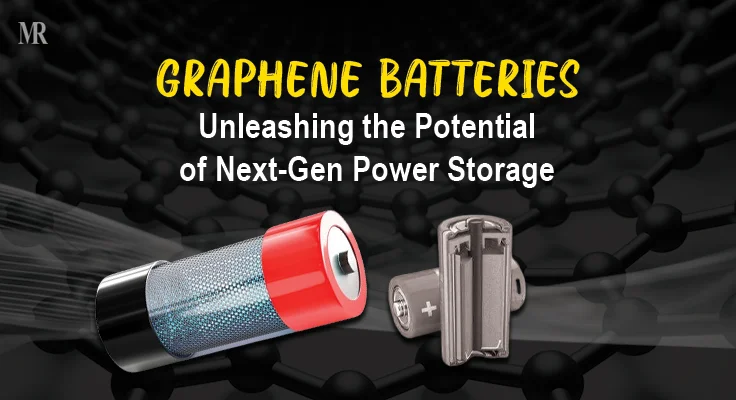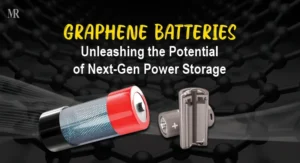Technology powering them must keep pace. One revolutionary advancement poised to change the game is graphene batteries. Renowned for their remarkable properties, graphene-based batteries offer potential improvements in durability, charging speeds, and overall longevity. But what exactly are graphene batteries, and how might they transform the laptops of tomorrow?
What Are Graphene Batteries?
Graphene is a single layer of carbon atoms arranged in a two-dimensional honeycomb lattice. Known for its strength, conductivity, and flexibility, graphene is considered one of the most promising materials for advancing battery technology.
Graphene batteries integrate graphene into traditional lithium-ion structures, enhancing their performance and addressing some of the limitations of current battery technology.
Benefits of Graphene Batteries for Laptops
1. Longer Battery Life
Graphene batteries can store more energy in a smaller footprint. This increased energy density allows laptops to run longer on a single charge, making them ideal for professionals, gamers, and students who need extended usage without frequent recharging.
2. Faster Charging
One of the standout features of graphene batteries is their rapid charging capabilities. A laptop with a graphene battery could be fully charged in minutes rather than hours, saving time and improving convenience.
3. Enhanced Durability
Graphene batteries are more resistant to wear and tear caused by repeated charge cycles. This means they can maintain their capacity for a longer period, extending the overall lifespan of laptops and reducing the need for replacements.
4. Lightweight and Slim Design
Graphene’s high energy density also enables lighter and slimmer battery designs. This aligns perfectly with the trend of creating ultra-thin laptops without compromising performance.
5. Reduced Heat Generation
Traditional lithium-ion batteries can overheat during prolonged use or charging. Graphene batteries, on the other hand, exhibit better thermal management, leading to safer and cooler laptops.
Challenges and Limitations
While graphene batteries show immense promise, some challenges remain:
- High Manufacturing Costs: The cost of producing graphene at scale is still high, making these batteries expensive compared to traditional lithium-ion options.
- Limited Availability: Graphene batteries are not yet widely adopted, with only a few manufacturers exploring their potential.
- Integration Hurdles: Laptop designs may need to be re-engineered to fully leverage the benefits of graphene batteries.
How Graphene Batteries Could Transform Laptop Longevity
The adoption of graphene batteries could fundamentally change the relationship between users and their laptops:
- Fewer Replacements: With longer lifespans, laptops equipped with graphene batteries could delay the need for frequent upgrades.
- Sustainable Tech: By reducing the frequency of battery replacements, graphene batteries can contribute to reducing electronic waste.
- Higher Productivity: Faster charging and longer usage times allow professionals to focus on tasks without interruptions.
Looking Ahead
Companies like Samsung and Huawei are already exploring the potential of graphene batteries in consumer electronics. As production costs decrease and technology matures, we may see a new wave of laptops featuring graphene-based power systems.
For now, the excitement around graphene batteries is justified. They represent a significant leap forward, offering solutions to the limitations of current battery technologies while paving the way for more efficient and sustainable laptops.

